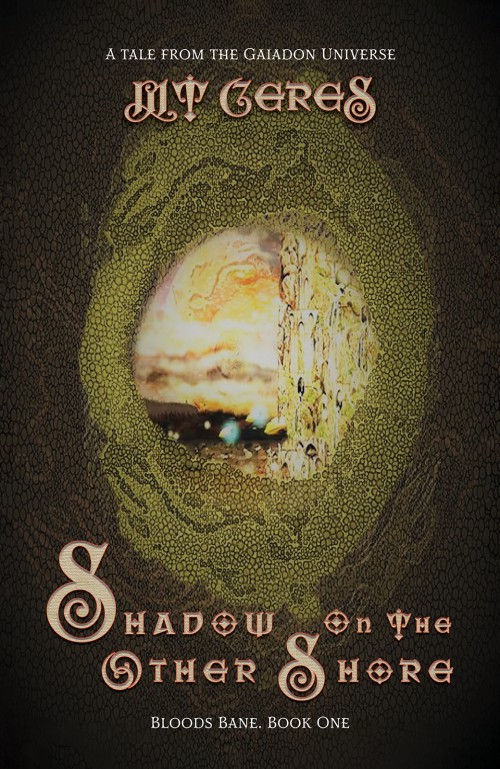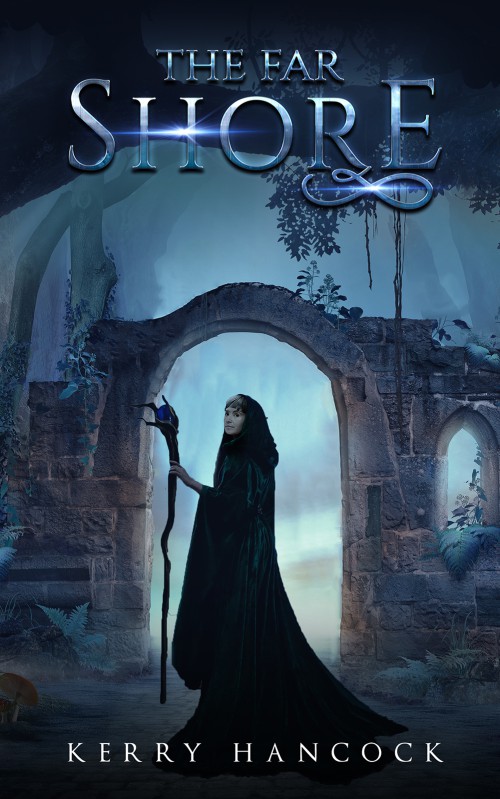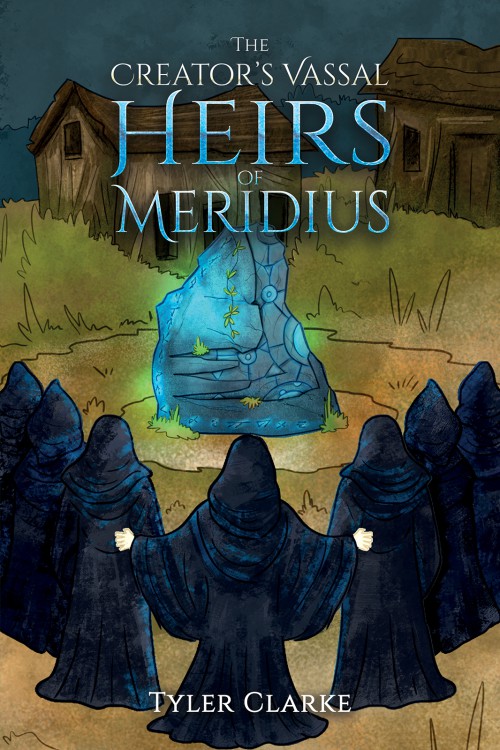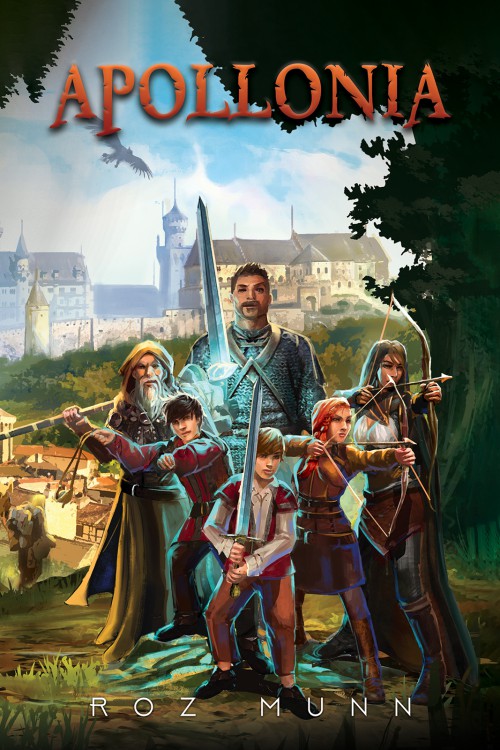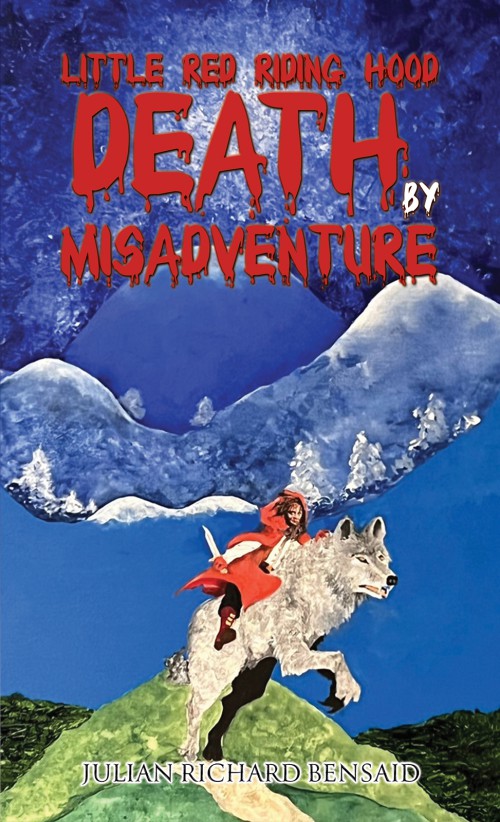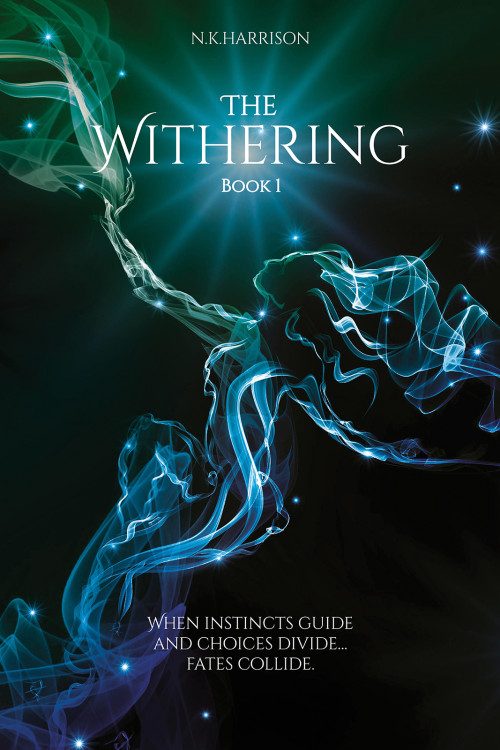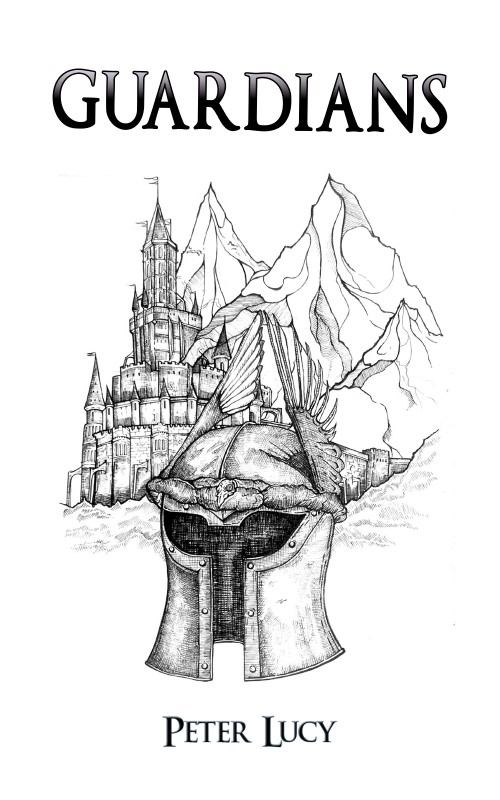-
Great, new sci fi/fantasy
Razor sharp concept that the author remains true to throughout this 532-page SFF/dystopian read. Basically, a demon has made his way up something called the axis of reality, kidnapped a bunch of humans from earth and brought them across dimensions using blood magic to cast his sorcery. The demons continue to harvest blood from their humans by basically manipulating how the humans perceive reality through an artificial black moon satellite. For instance, the humans in the rural zones carry out a ritual called soil singing where they believe that if they bleed into a chalice that is sunk into the earth their blighted crops will grow. Evil, and cruel, and that is just the beginning.
Tightly woven plot where we see a bunch of ‘rebels’ begin to form into groups to challenge the demon-state at a time when several disparate characters from very different parts of society come into their galactic powers, a kind of energy that is to do with the day you are born and which the author says is based on the Tzolkin calendar. The general gist is that the demon king needs a specific power, Spectral Star, to get to the next planet in a higher dimension as he carries on with his attempt to crawl all the way to the power at the galactic core. In this story the true nature of the Demon State (in Baelmonarchia and the regions they govern) is hidden as they do not have the power to completely rule over Gaiadon, indeed the demon king is using the planet as a temporary colony until he can cast his sorcery to get to the next planet in a higher dimension. However, it is the sporadic incidences of awareness when people come awake or come into their power that begins to reveal the true nature of reality, but in this story the scale has not tipped either way yet.
There are approx. 50 characters in this tale, thankfully not all primary but all of them are different, all with different voices and POV, including, Memitim, Fae, Romarii, Junonians, Rodinian Shifters, demons and demi-urges, as well as some talking animals which makes for an immersive read. However, there are four primary characters, the main female protagonist, Celeste, has the latent power Spectral Star which the demon king is looking for. She comes into her power through an act of intimacy with her only confidante, Ganaim Al Tine, a Fae who also has human and Romarii blood and is himself fated for a greater destiny. Other important powers are from one of my favourite characters Micah Apollon, (a state-controlled musician who should be The Lord of Galay, a region in the Winterlands that is free of demonic control) but the demon king cannot let him take the throne at Galay as Micah has an Overtone Sun power which is incredibly attractive and draws people to him and his cause, basically anarchy which leads to tragedy and betrayal in the end.
‘The outer zone Tota tumbled from the city and sprawled beneath the debris of broken bridges and aqueducts that ended abruptly on the edge of marshland that bordered the Willow Wilds. A dull thud, and a slight tremble set his teeth on edge. ‘Another grenade,’ he (Troy) said to Micah accusingly. Then added, ‘You have set the night afire.’
Micah bowed and said sardonically, ‘Then I succeeded.’
Another tragic outcome lies with Micah’s friend, Troy, when he realizes that fate has not dealt him the kindest of hands and that his destiny is more terrifying than hell. The characters who help our protagonists along are interesting, flawed, mad, cruel, and duplicitous, and like the primary characters avoid being stereotypical tropes, through their eyes we discover that power is not the gift it would seem, it has its limitations, and it costs, and that to survive life in the North of Gaiadon you require the cunning of a fox and then some. Cissy Al Tine has a Skywalker power which costs her the full recall of her memories. Even though her parents know this she still has to Skywalk to aid members of the resistance travel over distance and through time.
‘Cissy’s leather-bound journal was tucked under his arm; it did not have anything else in it other than the memories of the days she had lost when she had been sent sky-walking in the stone compass up at Elvan’s Barrow. He knew because he helped her write the entries down, then after she had travelled, he sat with her and read to her the things she had done the day she entered the stone compass. He had, also, on more than one occasion, sneaked in her bedroom and had gone through her things. His need for answers had incorporated a full sweep of the entire farm; no room, bedroom or property had escaped his investigations.’
A quick word on demon evolution – well thought out and foul which means that fully evolved demon sleeks walk amongst the citizens as if they were men and women. The acolytes of Anuk (demon priests) have formed into their own religious orders with individual temples in the capitol Lodewick and smaller temples or Guratts in the regions. Thought this was useful to understand the breadth and depth of the Demon State as it is not fully totalitarian and it is in the margins where insurgency begins, apart from Micah Apollon who takes it right into the heart of the demon nest but with terrible consequences.
In terms of place and time the story captures a world in transition, notably in reference to the changing technology, Temple guards have become lazy at the Temples in Lodewick (demon capital city) and no longer rely on crossbows and carry laser batons, alchemical lamps have begun to replace marsh gas lamps in the richer areas, there is a form of power called rubicity which is like electricity but generated by alchemical means, military expansion is seen by the increase in aircraft called orbs that fly using alchemy and crystal power – that is until Troy and his friends blow them up! The places in the story are all different and described well making this a great fantasy landscape overall.
Genre. This is not a high fantasy medieval world with elemental magic but is SFF/Dystopia and while there is elemental magic that is only wielded by Gaiadonians. The humans by being brought across dimensions, have had a strand of DNA activated that gives them access to their galactic power but this is in varying strengths and not all of them can access it.
Is this a complex tale? Yes, it is, and the author doesn’t hold your hand. There are no lengthy footnotes or paragraphs of extraneous explanation which keeps the pace lively right until the cliff hanger at the end. It may help to read the first two books from the Gaiadon Universe, but the maps and the glossary were enough for me to understand the bigger picture. I think it is well worth a four-star review as it wasn’t perfect, but it was thought-provoking-good.
-
M T Ceres has taken the tried and tested idea of demons and other mythical creatures breaking through from other dimensions into ours and has turned it on its head. Although I found this book a little over-complicated at times, she takes us to a fascinating world where humans and mythical creatures are transported into another dimension where a demon lord seeks to rule over all, and a disparate and nomadic band of rebels seek to fight back against a dystopian reality that only they know is not real. Very much in the style of Russian literature, Shadow On The Other Shore follows the stories of various groups of characters, to a point where their stories merge. The characters are well-written and multi-dimensional making them feel very real and believable.
-
Although this is a dark dystopian tale it has moments of humour that relieves the tension. M T Ceres writes such fascinating stories with an incredible wealth of characters. The story is more complex than her earlier works from the Gaiadon Universe which are more high fantasy orientated but the author has captured a world in transition and an enslaved society in the North.
-
If you want a book full of unexpected turns and twists The Shadow on the Other Shore is for you. This book makes you think about what is happening and has you loving and hating the characters. MT Ceres weaves one character with dementia/alziemers perfectly and is also able to portray what the caregiver goes through while the person with this terrible disease is having a bad moment/day. The ups and downs of each characters are nicely woven.
-
The trick with good fantasy is to make it seem real and in this respect, the author has succeeded, This is a believable tale, and the descriptions of the world and people are thorough, albeit set on a planet in another dimension, I felt that I had been transported elsewhere in this immersive tale and while I can’t say I couldn’t put it down, I did return to the story every day until I finished it.
The story begins in the Northern Hemisphere of the planet Gaiadon, but it is the far North that is subsumed under the glacier Amnesia, a remnant of a war between Gaia and the demons who invaded the planet which is covered retrospectively in a subsection of Chapter 21 The Crone Arianrihod, and is the story about a human, Padrain, who can recall the kidnap, and coming to Gaiadon. In the rural zones, the landscape, climate, and atmosphere are temperate due to a wind anomaly called Gaia’s Howl, it is hotter toward the demon city Lodewick. I enjoyed the fight scene in the warehouse where lengths of cork oak were drying as well as the alien nature of the group of insurgents called The Ten, an excellent bunch of supporting characters for one of the main protagonists, Troy.
Another skill in good fantasy is the art of naming and language, I feel it is paramount to a believable fantasy world and good reading experience, SOTOS, and the Gaiadon Universe don’t disappoint in that respect, although the language isn’t unique. The old languages of power are based on Irish and Scottish Gaelic in the North and Māori in the Southern Archipelago, but the demon city Lodewick is named using a form of old English, but not the ye olde kind! The capitol Lodewick is in my opinion one of the best written but worst kind of cities if you know what I mean, but I wish there had been a map of the city itself.
However, like all good fantasy, this story holds up a mirror to our own reality, particularly the theme of self-ownership, mental health, and the loss of fundamental rights, in this case by the hand of the demon better known as the lord of the dark flame, Conquest, and his manipulation of reality. The author portrayed the madness, paranoia, and schizoid behavior of people who were caught between two worlds perfectly, it was thought-provoking and ultimately very sad.
The characters were interesting, and I cared about them, I liked them and hated them, and I did not trust some of them, Ganaim Al Tine, Arianrihod, Weasel, Reynard, and even Sonii Romarii who has a strong moral compass is tested. I wanted to know what happened next although without any spoilers there are no happy endings in this tale.
There were a couple of supporting characters who the author did not go into too much backstory about which may leave some readers grappling for a way into their purpose in the plot, but I have read other books from the Gaiadon Universe where they are covered, and would advise not reading Shadow on The Other Shore first as this is not the entry point story. It was interesting to read a scene in this story through Celeste’s POV which directly links to a scene in Black Void, it was clever but only if you have read Black Void!

